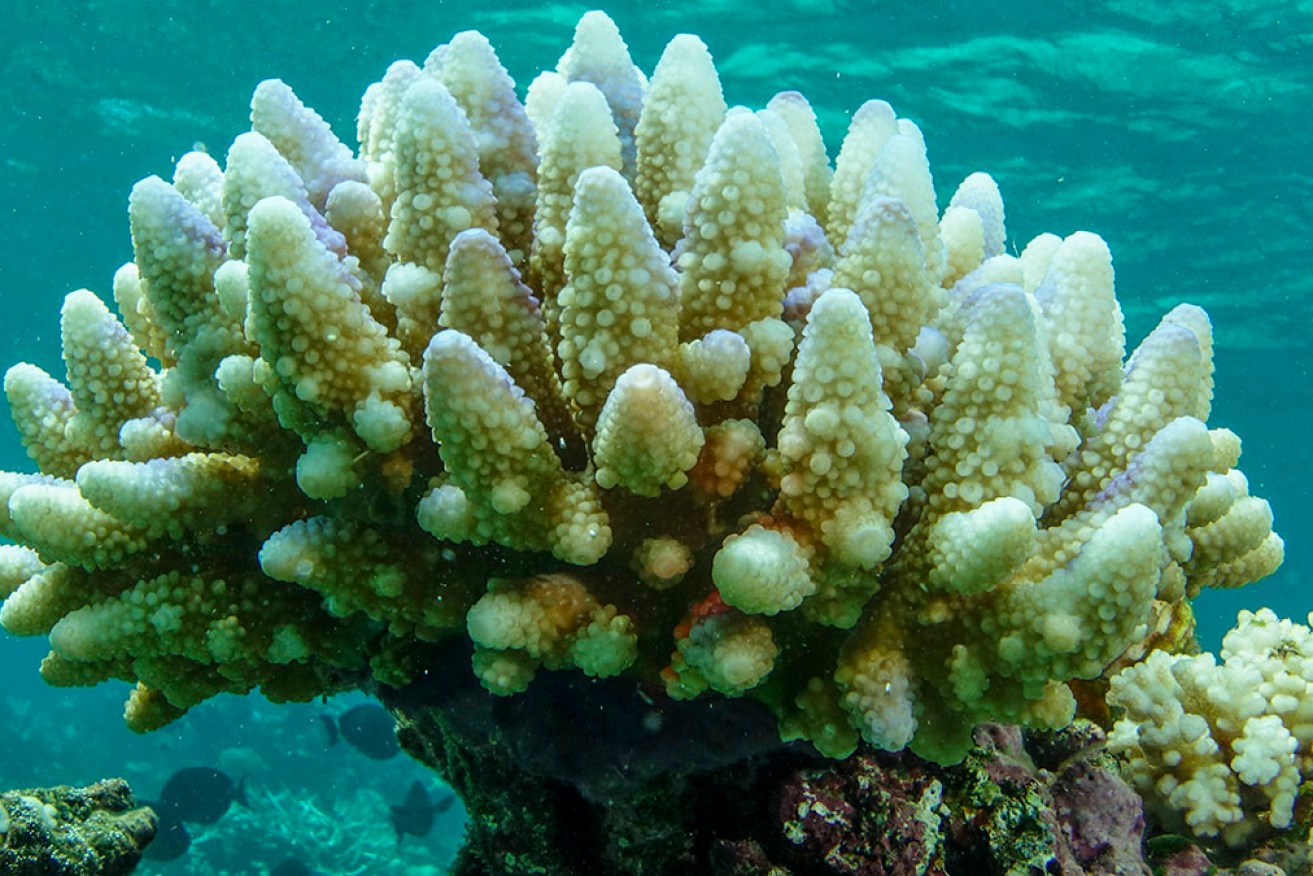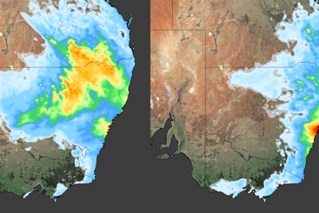Mass bleaching event halts coral recovery on Great Barrier Reef

Coral recovery has been halted across the reef after a warmer-than-expected year. Photo: AP/Great Barrier Reef Marine Park Authority
The Great Barrier Reef’s first mass bleaching event in what should have been a cooler year has halted coral recovery across two-thirds of the site.
The latest coral cover report from the Australian Institute of Marine Science has revealed the full impact of mass coral bleaching in 2022.
It was the reef’s fourth mass bleaching event in seven years.
But it was also the first to occur under a La Nina weather pattern, when ocean temperatures are typically cooler, and has caused great alarm among climate watchers.
While the 2022 bleaching was far less deadly than the back-to-back events of 2016 and 2017, it did enough damage to counteract gains and has left the entire reef with slightly less coral cover than a year ago.
“It caused enough mortality to pause recent regional gains in hard coral cover,” research director Dr David Wachenfeld said on Wednesday.
“The heat stress during the bleaching event also likely had sub-lethal effects, including reductions in coral growth and reproduction.”
Dr Mike Emslie, who leads the long-term reef monitoring program, says the vast majority of reefs in the system saw little change.
But those that grew were offset by losses associated with the bleaching and other negative forces, including the coral-eating crown of thorns starfish and damage from Cyclone Tiffany in early 2022.
“This pause indicates that a mass bleaching event, even if less severe, with low mortality, is still enough to put the brakes on this coral recovery,” he says.
“It means the reef is still at risk of decline from more frequent disturbances.”
Reef scientists are nervous about what might be in store this summer, with international weather agencies declaring the arrival of El Nino, a weather pattern that can drive high ocean temperatures, and hot, dry conditions in Australia.
Australia’s Bureau of Meteorology has been more cautious so far, saying an El Nino event is likely in the coming weeks.
Dr Emslie says Australians only need to cast their minds back to 2016 to understand what El Nino can do to the reef, especially when it’s severe.
An estimated 30 per cent of the reef’s corals died that year, in a marine heatwave that lasted nine months.
“To give the reef the best chance of surviving into the future it requires a reduction in global emissions to stabilise temperatures, and continuing best practice management of local pressures, like crown-of-thorns starfish.”
Independent scientists who advise the federal and Queensland governments recently called for a new approach to reef management, given how rapidly the climate is changing.
The Australian Academy of Science also warned last week of potentially irreversible reef impacts by about 2050, even if emissions stabilise.
UN scientific advisers have demanded urgent, sustained action to protect the reef from climate and other threats, but a week ago recommended Australia be given more time to avoid an in-danger listing for the World Heritage site.
The World Heritage Committee is expected to accept that advice when it meets next month while requiring a progress report from Australia early next year.
The Australian Institute of Marine Science report said hard coral cover in the northern section of the reef was down about one per cent to 35.7 per cent.
In the central zone, it was down about two per cent to 30.8 per cent, while in the south it was almost identical to a year ago, at 33.8 per cent.
-AAP








